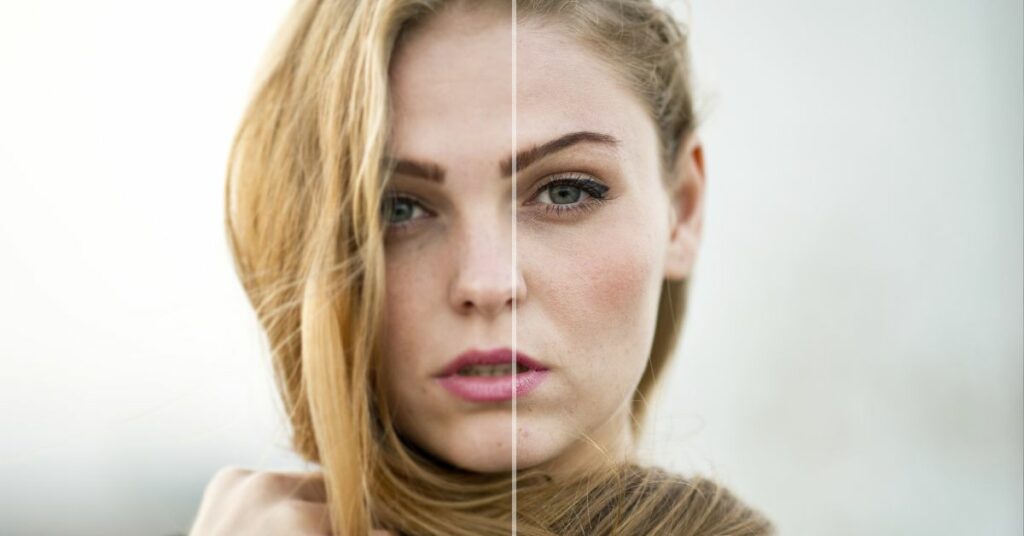The Need for High-Quality Visuals in Digital Media
In today’s digital landscape, high-quality visuals are essential for everything from marketing and web design to social media and entertainment. However, many images suffer from low resolution, pixelation, or compression artifacts, making them unsuitable for professional use. Traditional methods of increasing image resolution often lead to blurry or distorted results. This is where artificial intelligence (AI) comes in—AI-powered tools like an AI image upscaler can significantly enhance image quality while preserving intricate details.
AI-driven upscaling technology allows users to increase image resolution without losing clarity, making it an essential tool for photographers, designers, businesses, and content creators. Instead of manually editing and refining low-quality images, AI automates the process, delivering sharp, high-resolution visuals in seconds.
How AI Image Upscalers Work
AI-based upscalers use machine learning models trained on vast datasets to predict and generate missing details in low-resolution images. Unlike traditional resizing methods that stretch and blur images, AI analyzes patterns, textures, and color gradients to reconstruct pixels with remarkable accuracy.
By leveraging deep learning algorithms, an AI image upscaler can:
- Enhance image resolution up to 2x, 4x, or even 8x without losing sharpness.
- Improve fine details, such as facial features, text clarity, and intricate textures.
- Reduce noise and compression artifacts, making images look more natural.
- Maintain original artistic elements, ensuring that the upscaled version stays true to the original style.
These capabilities make AI-powered upscalers an invaluable asset for professionals who rely on high-definition visuals for branding, product showcases, and digital art.
Applications of AI Image Upscaling
1. Photography & Digital Art
Photographers and artists often struggle with maintaining image quality when enlarging their work. AI image upscalers, like https://cgdream.ai/features/ai-image-upscaler help by refining small or low-resolution images into high-quality prints or digital versions, ensuring they remain crisp and professional-looking. This is especially beneficial for digital illustrators who create artworks in smaller dimensions but need them printed in large formats.
2. E-Commerce & Product Photography
In online shopping, product images play a crucial role in influencing customer decisions. AI-powered upscaling ensures that product photos remain clear, detailed, and visually appealing, even when enlarged. This eliminates the need for costly re-shoots and allows businesses to repurpose existing images while maintaining high resolution across different platforms.
3. Film, Gaming, & Animation
AI-driven upscaling is widely used in film restoration, game development, and animation. Old movies and low-resolution game assets can be enhanced to 4K or higher resolutions, breathing new life into vintage visuals. Game developers use AI-powered upscalers to refine textures, backgrounds, and character models, improving overall visual fidelity without manual rework.
4. Social Media & Content Creation
Influencers and content creators rely on eye-catching visuals to engage their audience. AI upscalers allow them to resize and enhance images for different platforms, ensuring that posts maintain clarity across various screen sizes. This helps in improving engagement rates, as high-quality images stand out in competitive social media environments.
AI Image Upscaling is improving
As AI technology advances, image upscaling will continue to improve, with future models offering even more precise enhancements, real-time upscaling, and custom style preservation. AI-powered platforms like CGDream are at the forefront of this transformation, helping professionals and everyday users create high-quality visuals effortlessly.
With AI-driven upscaling, anyone can rescue low-quality images, refine digital artwork, and optimize visuals for modern digital platforms, ensuring that content remains sharp, engaging, and visually impactful. As AI continues to evolve, high-resolution imagery will become more accessible than ever before, redefining standards in digital media.
